 Originally published in the UT San Diego, February 8, 2013.
Originally published in the UT San Diego, February 8, 2013.
In early February, we watched the implosion of the South Bay Power Plant— just one day after the California Public Utilities Commission heard public comments on two new SDG&E-proposed fossil fuel power plants in San Diego.
We're playing a game of Whack-a-Mole with our regional energy policy at ratepayers' expense. Though the demolition of the South Bay Power Plant is striking, we can't let SDG&E continue to turn a blind eye to the reasons why we don't need that plant anymore.
Reliance on fossil fuels has led to an Orwellian-esque era where each year is becoming the hottest on record and we are suffering through a series of costly and deadly weather events. In San Diego, Scripps Institution of Oceanography warns us to expect hotter and more humid mid-summer heat waves that are worse than many inland areas while freshwater in the Southwest is becoming scarcer and our oceans are rising faster than expected.
So why is SDG&E proposing to build unneeded fossil-fuel power plants using the expensive, dirty and outdated centralized power plant model when we're barely scratching the surface of our clean energy and smart grid potential?
San Diego deserves better than this.
On top of the harmful impacts to public health and our climate from the greenhouse gases, particulate matter, carbon monoxide, sulfur dioxide and nitrogen dioxide that would be emitted by these two power plants, the nearly $1.6 billion dollar price tag of the power plants would be passed on to ratepayers over the next 20 years, according to the California Energy Commission.
Perhaps what's most perplexing about SDG&E's proposal, though, is that the energy from these plants is not even needed, according to both the Administrative Law Judge and the lead California Public Utilities Commissioner for the proceeding. Both have issued proposed decisions denying the plants due to a lack of need.
Even without San Onofre coming back online, SDG&E has ample power reserves to "keep the lights on." On the hottest day of the year last September, SDG&E had approximately 24 percent more energy than was needed. Further, the state agency that manages our energy grid, the California Independent Systems Operator, said the way to address the San Onofre shut down was through fixes to our transmission lines, not construction of new power plants.
Our regional leadership must embrace a strategy that prioritizes building a better future for our children by integrating demand management strategies, conservation, local clean energy generation, and energy storage into a smart modern grid that benefits all communities in San Diego.
In fact, San Diego is on the cutting-edge in this arena already. SDG&E proudly announced smart grid breakthroughs just last week that will allow them to prevent blackouts and integrate renewable resources seamlessly. UCSD has its own nationally recognized microgrid -- an on-site energy generation, distribution, and management network that balances renewable energy, electric vehicles, storage, and demand management. The microgrid is connected to SDG&E's grid but can disconnect and operate independently in "islanded mode" as needed, such as during the SDG&E blackout of September 2011, giving UCSD energy independence and security. Our local military bases are also investing in this new smart grid/microgrid approach to maximize the security and reliability of their energy needs. Naval Base Coronado and the Marine Corps Air Station Miramar are both pursuing these new solutions/grid-independence.
Environmental Health Coalition knows from our recent educational efforts within the local communities that small changes to our daily habits can result in drastic reduction in energy use.
With a newly elected Mayor Bob Filner in the City of San Diego and other progressive elected officials who have pledged to pave a new pathway for our energy future, we are excited to build a new energy paradigm as part of San Diego's innovation economy. We look forward to working with our partners in local government, labor, the business community, the military and our educational institutions to create local, family-wage, career-track jobs while reducing our carbon footprint and protecting the health of every San Diego family.
It's time we put a stop to the Whack-A-Mole approach to energy. We must demand more from our energy utility so that it produces big new solutions to the big challenges we face.
Nicole Capretz
Green Energy / Green Jobs Campaign Director for Environmental Health Coalition
City Heights Resident
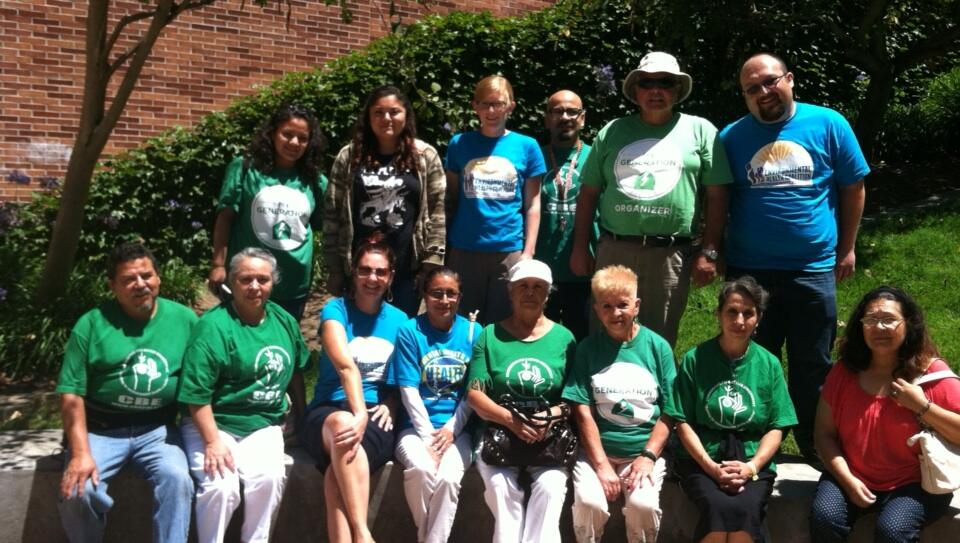 On Monday, July 15, EHC's Green Energy/Green Jobs staff and community members made the trek to Los Angeles to ask the California Public Utilities Commission and the California Energy Commission for a cleaner energy future.
On Monday, July 15, EHC's Green Energy/Green Jobs staff and community members made the trek to Los Angeles to ask the California Public Utilities Commission and the California Energy Commission for a cleaner energy future.

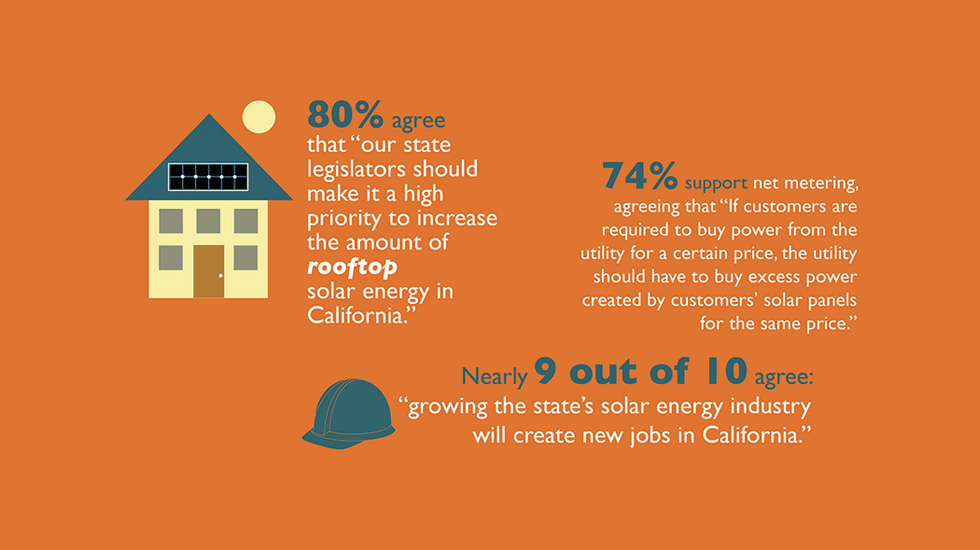 On Thursday, poll results were finalized by the William C. Velasquez Institute (WCVI) to reveal the large majority of Latinos in Southern California support and want to see a shift toward rooftop
On Thursday, poll results were finalized by the William C. Velasquez Institute (WCVI) to reveal the large majority of Latinos in Southern California support and want to see a shift toward rooftop  Originally
Originally 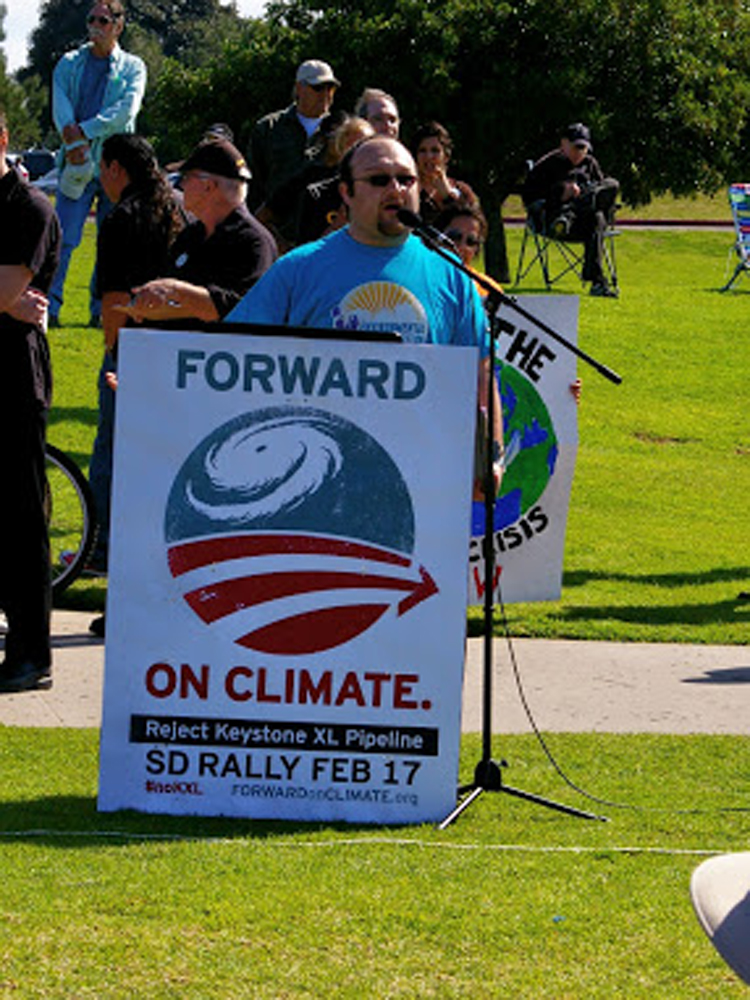 Low-income communities of color have long been on the front lines of pollution and dirty energy, and now we're set to be hit
Low-income communities of color have long been on the front lines of pollution and dirty energy, and now we're set to be hit 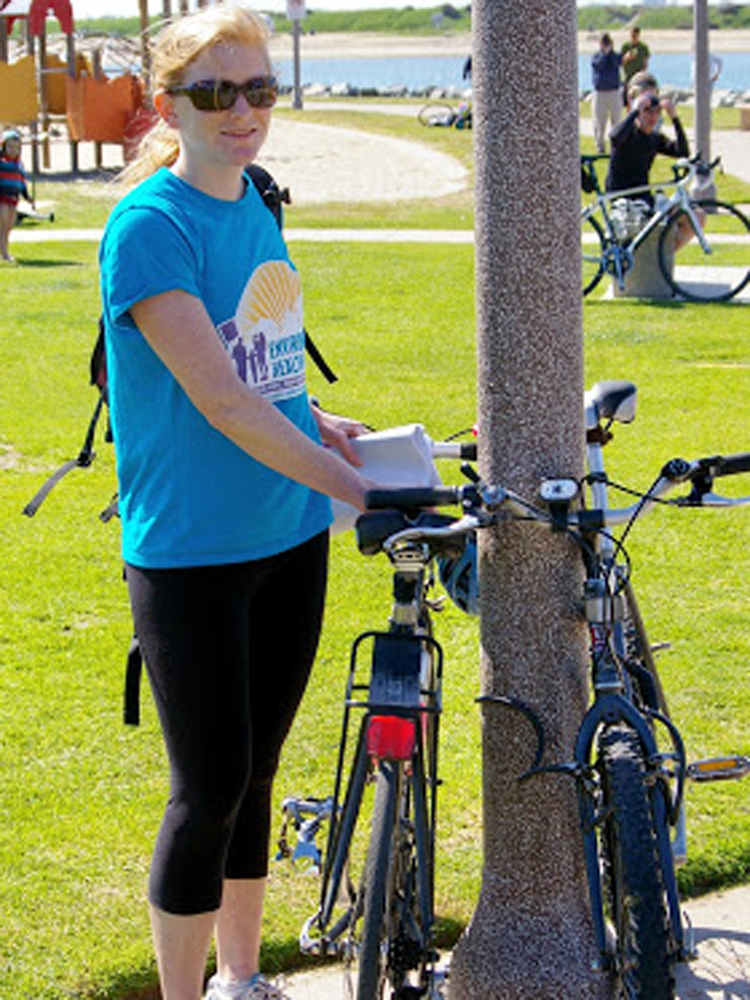
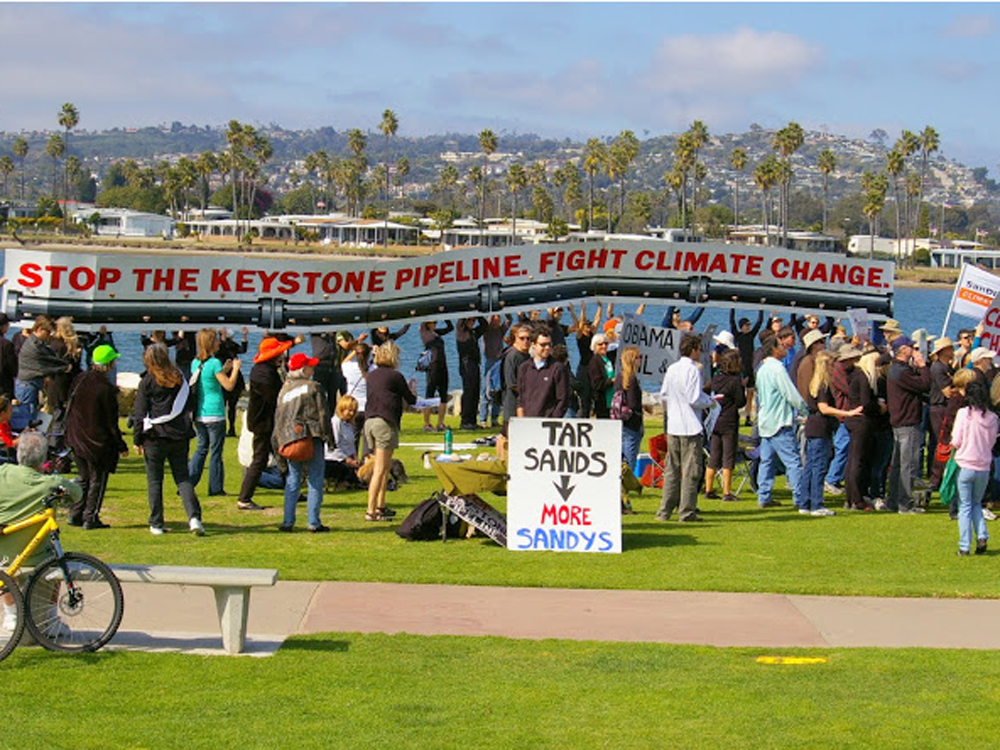
 One recent workday when I had to drive to work instead of taking the bus, I found myself, not surprisingly, stuck in traffic. However, I had some great news to think over as I inched along -
One recent workday when I had to drive to work instead of taking the bus, I found myself, not surprisingly, stuck in traffic. However, I had some great news to think over as I inched along -